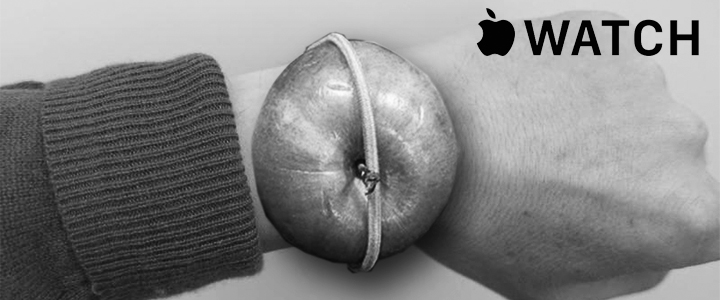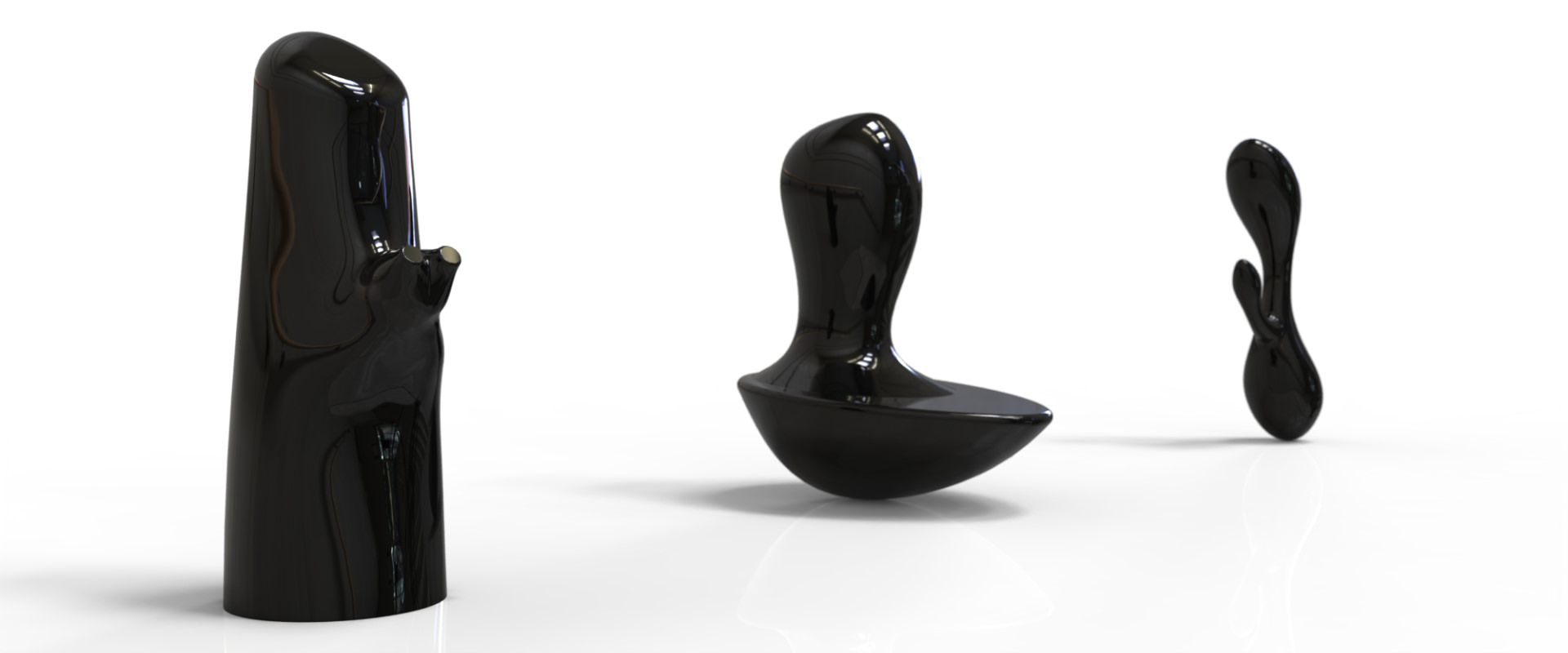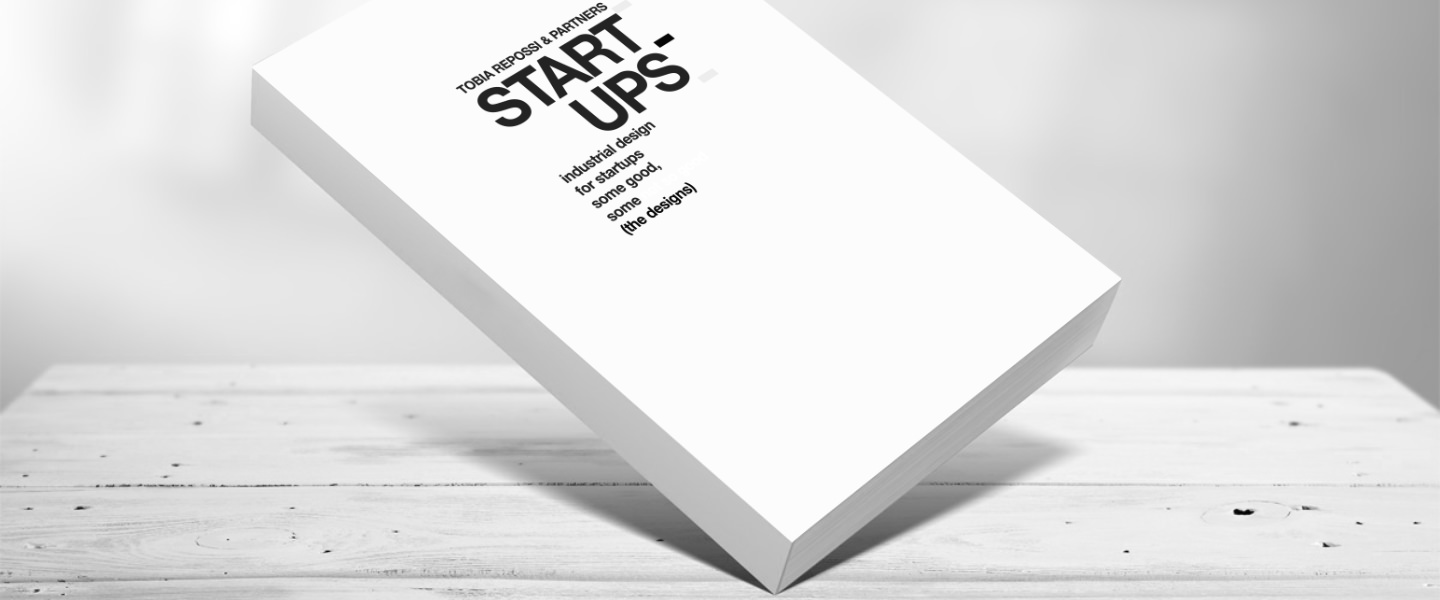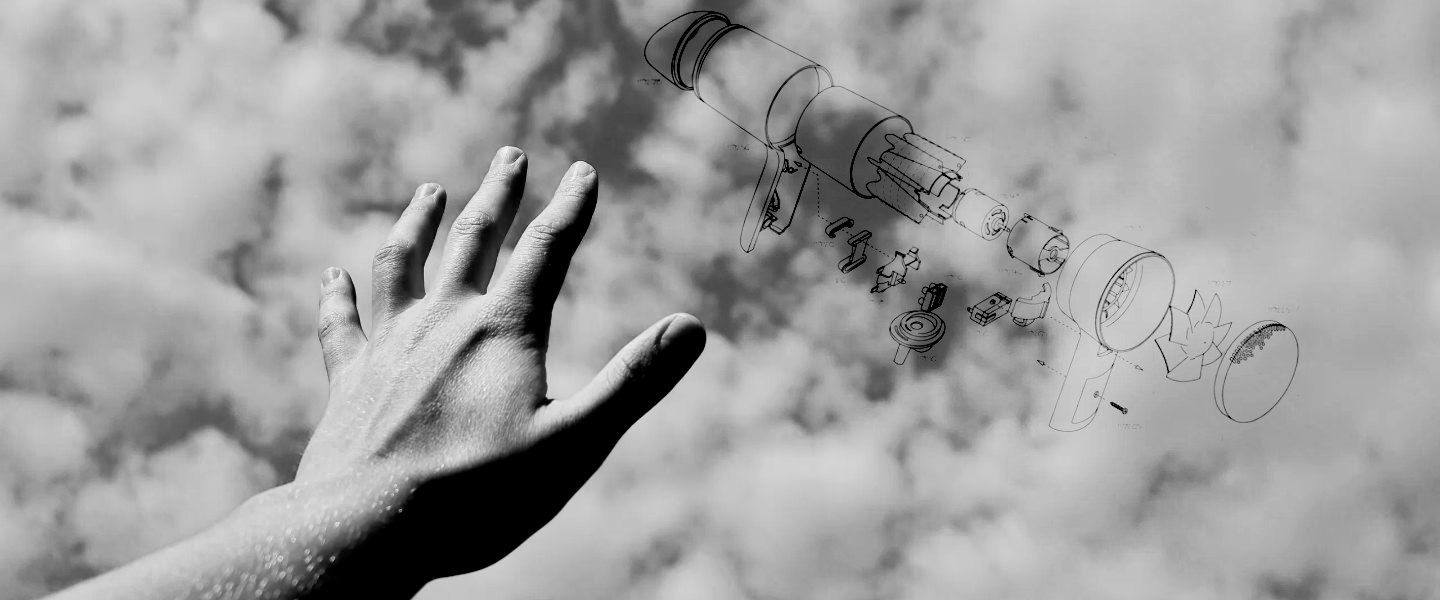Opening an office in Shenzhen means dealing with the most exciting and fertile environment for startups on the planet. We’ve chosen our office in the Tech Temple to be part of this background of people born in the eighties that are starting their business today with crowdfunding platforms and investors.
So, naturally, part of our client base are new born companies, often with good ideas, a lot of enthusiasm and often no money. We always try to explain our clients that if they are not a big company they should do things differently.
The difference in investments between how a startup can develop its hardware and a big company is massive. That’s why we take out Apple products from the table and we suggest them not to look them as a reference too much because they simply can’t afford it.
And this is all a matter of numbers: to give an example, when Apple decided produce one million MacBook Pros they based the structure of the laptop on an Unibody® Aluminium core and they bought 12.000 CNC machines that are today in Foxconn divided between Chengdu and Shenzhen. When they decided to drill the holes for the battery indicator they bought a company that had the technology to do that and when they made the Mac Air they needed batteries that where not on the market, so they build their own ones.
Our clients are showing us Apple products (or Samsung) asking us why they can’t afford that technology, usually saying “this is China, everything is possible”. Unfortunately, since this is China a lot of things are impossible. Surfaces without moulding pins or metal finishing like Apple does are quality standards impossible to achieve.
The other problem is the complexity, the innovation level and, as a result, the price of the product. You can invest a decent amount of money in different technologies if you are building a smartwatch or a mobile telephone, because out of a 400 $ price multiplied by millions of pieces the margin is huge and, if the product is at the beginning of its life cycle, the early adopters will be willing to pay more money for that. Not the same if you are producing a 20$ bluetooth speaker or power bank that is end of its life cycle and considered a commodity more than a luxury status.
Another big problem is miniaturisation of components, in China they make PCB for almost everything, but this doesn’t mean that they have the technology or the money to invest in the miniaturisation of the involved components. Building a system based on some components found in Huaqiangbei market is not so far from building a system based on Arduino and connect the chips like a Lego. This chips are made to be modular and versatile, they need pins, connections and hand assembling and the result is always bigger than expected. We ask our client to see the PCB before designing the outside, or we help them understand the volume of the electronic components because building a mobile telephone that is big as an iPad simply doesn’t work.
Big companies are able to build their own components and make them smaller and smaller in time, and also to change production chains to help the assembling. That’s why you can have today the technology of a phone in a watch. Startups are simply not able to afford this amount of energy involved in the miniaturisation of the components.
Chinese suppliers don’t help in any of these cases, the research for a one Yuan discount every product, unspecialised workers and unhealthy working environments (basically some electronic is literally assembled in the streets) are not a good recipe for quality.
So if you are startup today and you are in China, please avoid some details that you see in your mobile phones or computer.
Avoid Apple white shiny plastic, white is bad if the finish is not perfect, it’s the difference between an iPod and a Minipimer. Moulded plastic packaging in black ABS or transparent plastics can make fantastic design if they are well manufactured, if they are not they will just look cheap. Avoid strange battery shapes, they don’t work, they are not tested, they are expensive and in China often fake. Don’t expect surfaces with no ejector pins and same plastic junctions, if you are not confident with drafting angles and mouldings or you just don’t trust the supplier, put a different colour or material in the junctions, it will look precious and cover problems. Don’t use CNC or laser cutting if you are not in optics or some very technical products, they are slow, expensive and not suitable for mass production.
Be aware of your investments compared to big companies, you can make your financial weakness a value.






